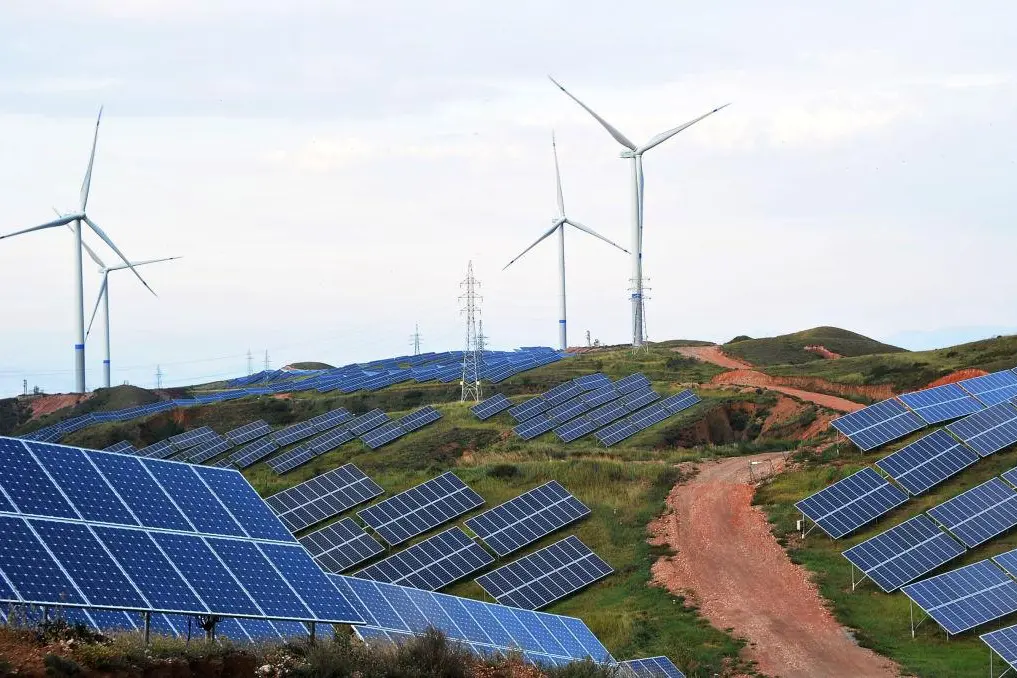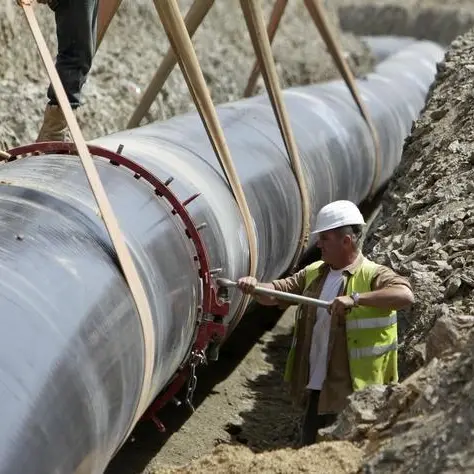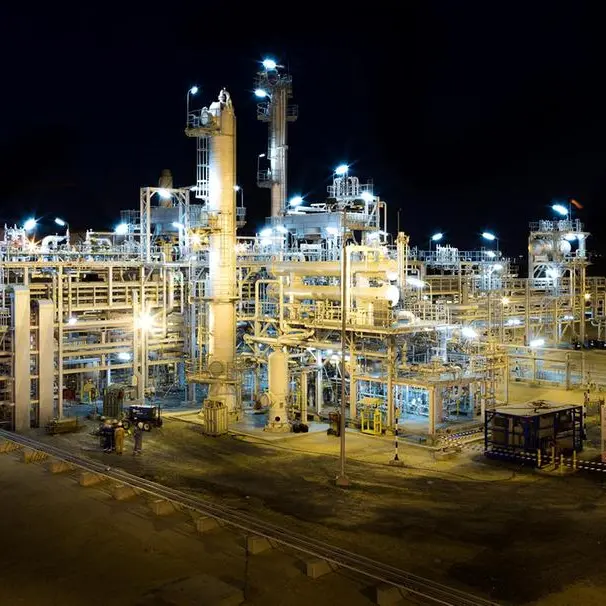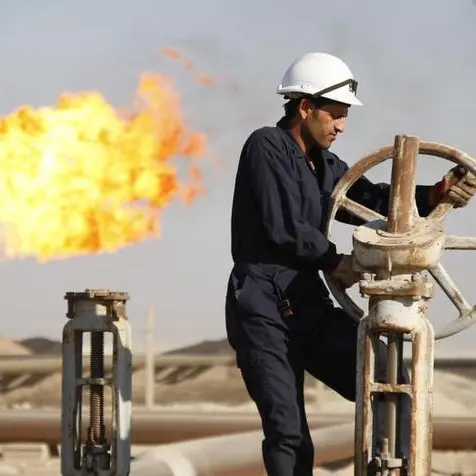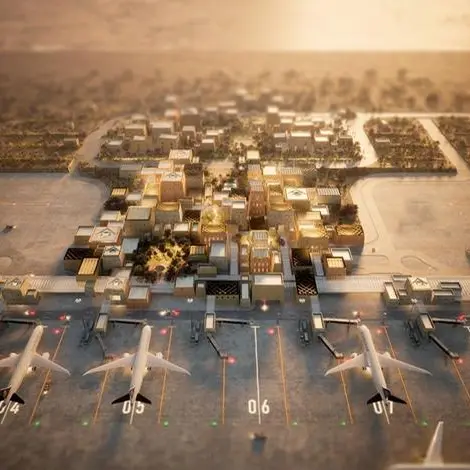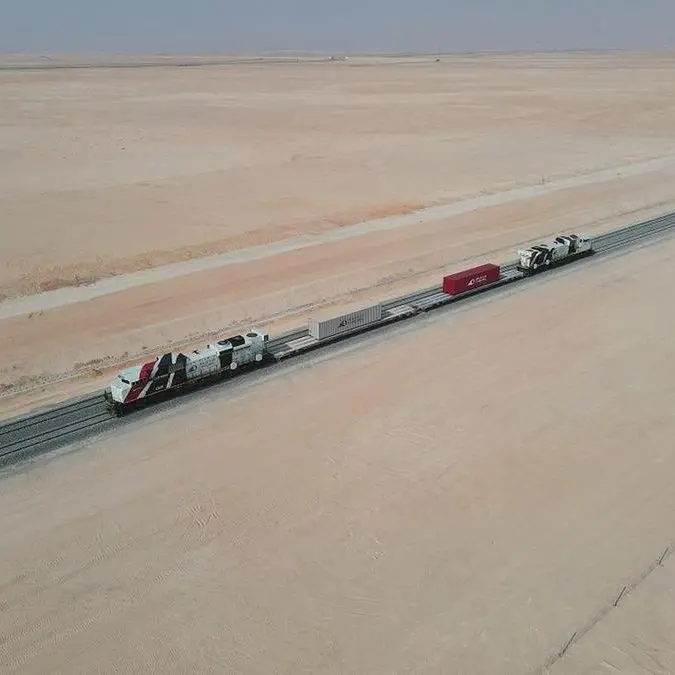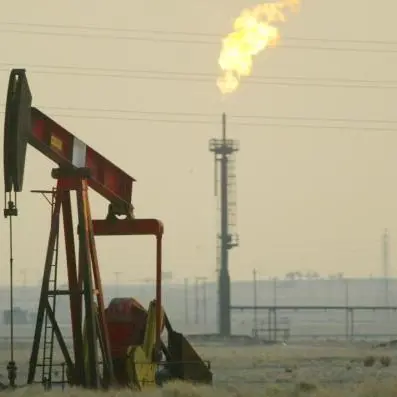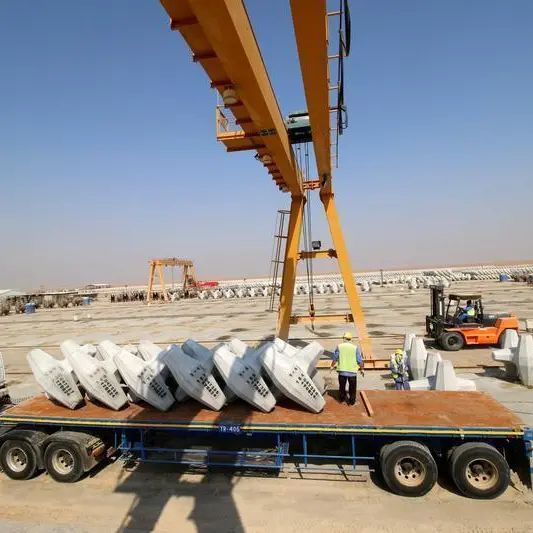PHOTO
When the entire world was battling Covid-19, some interesting developments turned the tide in favour of the renewable energy industry. The Abu-Dhabi-based International Renewable Energy Agency (IRENA) in a report released last month noted wind and solar energy are now cheaper than fossil fuel generated electricity and could lead to a greener economic recovery post Covid-19. Germany's National Hydrogen Strategy pledged 9 billion Euros for supporting green hydrogen technologies. Can these developments trigger a renewable energy industry boom in the MENA region and how is the region positioned to take advantage of the opportunities?
Alexandre Allegue, Vice President, Middle East Solar Industry Association (MESIA), shared his insights in an interview with Zawya. Allegue is also the Director for Business Development at ACWA Power and founder of Pawame, a social impact company that provides affordable access to solar power and financial services to sub-Saharan communities.


Alexandre Allegue, Vice President, Middle East Solar Industry Association (MESIA)
Excerpts from the interview:
What does the focus on green hydrogen mean for the MENA region?
Demand for hydrogen is not new, and has mainly been covered by black hydrogen (produced from fossil fuel) followed by blue hydrogen (black hydrogen with carbon capture). Today, a new type of hydrogen is emerging: green hydrogen which has zero emissions as it is entirely produced with green energy.
Considering the fact that over 70 percent of green hydrogen production cost is directly driven by the cost of electricity, the drastic drop of renewable energy in the past five years has been a tipping point for this industry.
In addition to the importance of providing a low electricity cost, it is essential as well to do it with a capacity factor above 65 percent in order to reach an optimal production of green hydrogen.
The Middle East has achieved one of the lowest production costs of renewable energies in the world and is very well positioned to convert it in an attractive green hydrogen generation.
Europe and Asia have the highest demand for hydrogen. So we can produce cheap renewables and convert them into hydrogen or other derivative products like methanol and ammonia and export it.
Is hydrogen as an idea at a stage where renewable energy was 10 years ago?
Not really. Hydrogen is not new, and has been used for decades for multiple purposes, including producing ammonia and other products. Hydrogen is much more complex and the barriers to entry are not low. In renewables you had lot of direct to customer players and this allowed the business to grow fast. In hydrogen, you are going to see growth within specific players and it is B2B (business to business) and not B2C (business to customer). So the growth trajectory is going to be very different.
Hydrogen production technology (catalysers) is not complex but the value chain around it is. There are a lot of elements like shipping, cracking, cost of electricity, etc. You have to either invest in this infrastructure or use as many mature existing technologies across the value chain so that you are really competitive.
Is this the right time for the MENA region to enter hydrogen? How should the region prepare for this boom?
Absolutely. It's already happening and all the big players in the energy sector are looking at green hydrogen closely simply because it is unlocking new markets with stringent carbon restrictions.
Players who want to get into green hydrogen should have access to cheap electricity. Allowing companies to develop competitive renewable energy projects will be a first step. Hydrogen can be consumed by different industries and in different forms. It can be converted to methanol, ammonia for the fertilizer industry, blended with gas for power generation, etc. The next step would then be to identify the right type of industries that would benefit the best from the economics and attributes of Green Hydrogen and support them by investing in the right infrastructure like shipping, transportation and piping, to connect the producer and the consumer.
Are we going to see renewable power targets being increased or being achieved earlier than planned given the sharp drop in cost of renewable power?
Now that the cost of electricity is meeting grid parity in some parts of the Middle East, it will unlock further opportunities. For example, thanks to the optimisation of the value chain, ACWA Power has developed a 700 megawatt concentrated solar power (CSP) plant in Dubai producing 24/7 electricity at 7.3 cents per kWh, which is cheaper than some of the gas fired plants in the UAE. Therefore, neighbouring countries are looking at this drastic drop as an opportunity to revise their energy generation portfolio and decrease their fuel dependency. This is the result of decades of innovation, international subsidies and incentives, which are now translated into sustainable cost competitive electricity.
Having said that there are lot of moving parts. We are talking about fast moving technologies with a lot of breakthrough. A couple of years back nobody would have expected that we will reach the current cost of electricity generation. Several factors such as capacity of the grid to absorb renewables because renewables intermittence, grid readiness and land availability could hold up implementation.
But overall, several countries from the GCC such as Saudi Arabia and the UAE have worked on a clear transparent plan that is being implemented successfully.
How are developments in battery storage technology going to impact future projects? Are renewables bundled with storage competitive compared to gas-based projects?
We are going to see more renewable projects bundled with energy storage because it offers energy dispatch and grid stabilization benefits that utilities would highly value. For the time being, electrical storage is still expensive but it will ultimately reach a compelling cost. Moreover the attractiveness will depend on the gas-based electricity price in each country. It is even more interesting to witness that the key cost driver that will benefit the battery deployment in the energy sector is actually the proliferation of the mobility sector.
Going forward, we are as well going to see more and more mixed projects with various energy sources, such as PV + Wind, to increase the capacity factor of the overall plant.
(Reporting by Sowmya Sundar; Editing by Anoop Menon & Bhaskar Raj)
(anoop.menon@refinitiv.com)
Disclaimer: This article is provided for informational purposes only. The content does not provide tax, legal or investment advice or opinion regarding the suitability, value or profitability of any particular security, portfolio or investment strategy. Read our full disclaimer policy here.
© ZAWYA 2020
